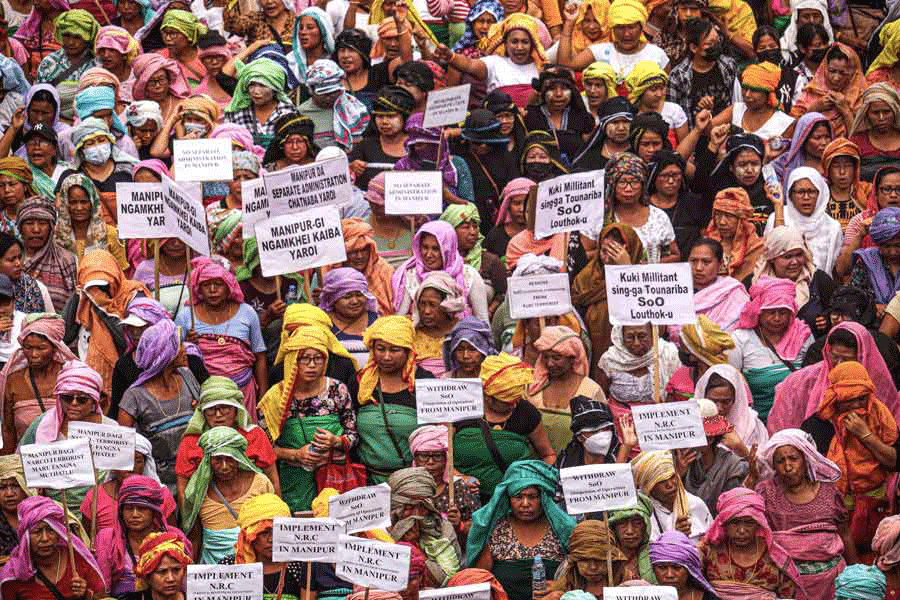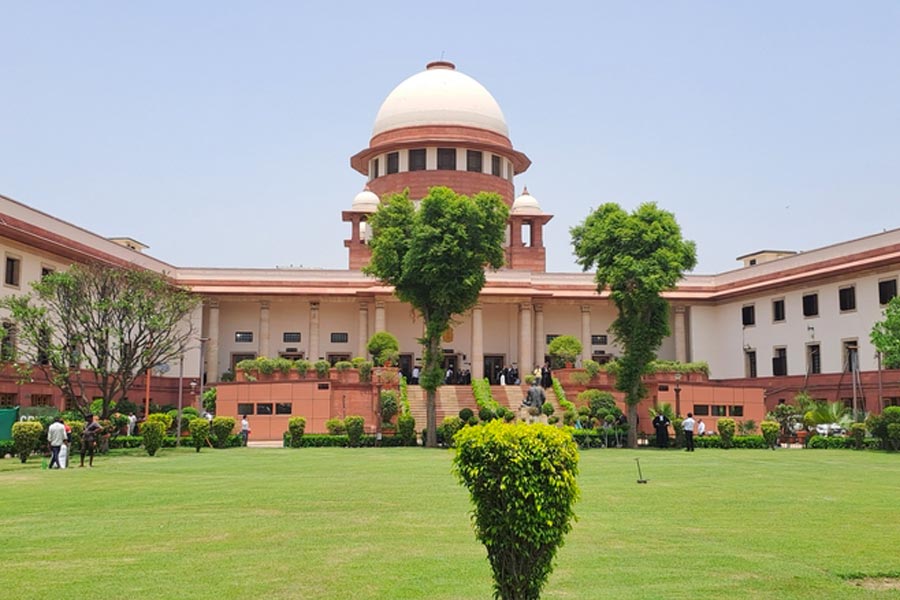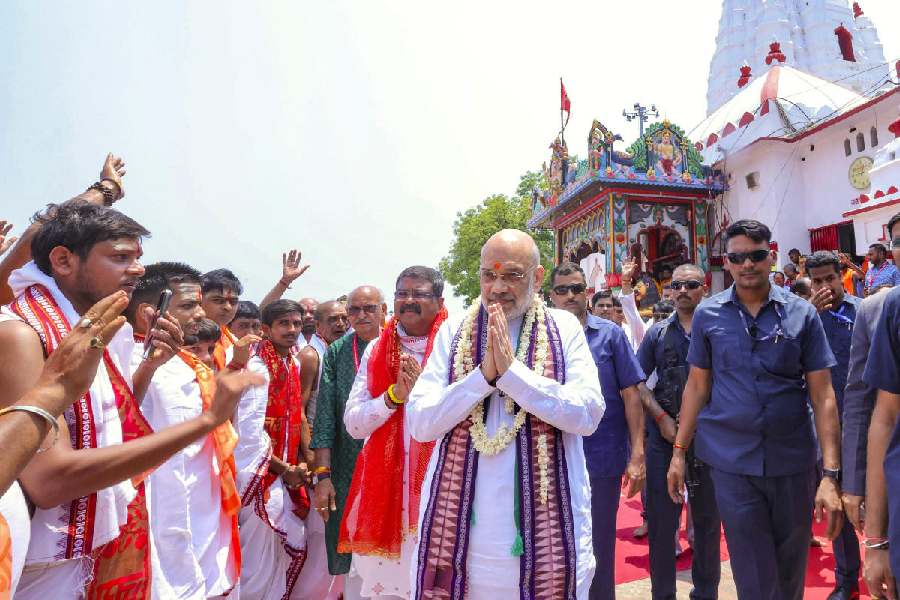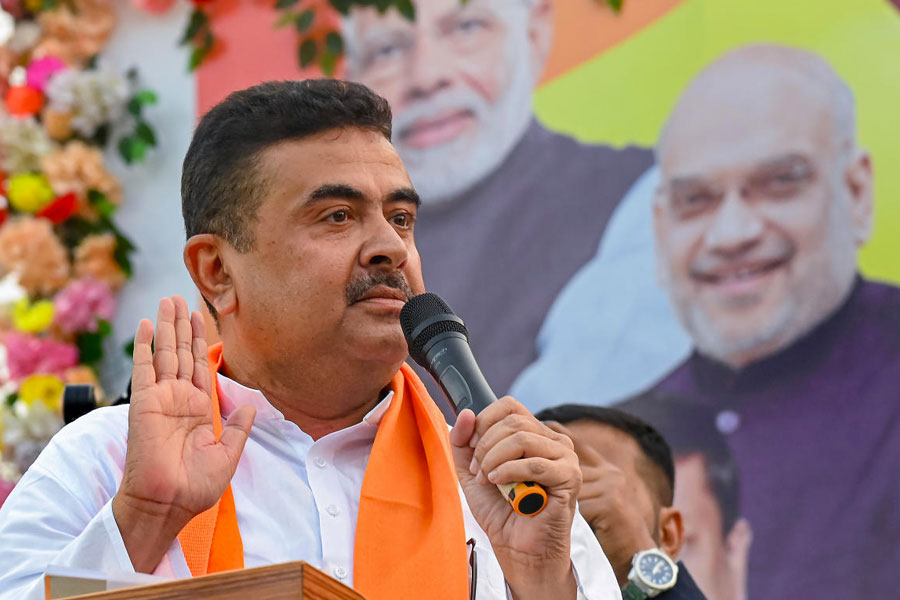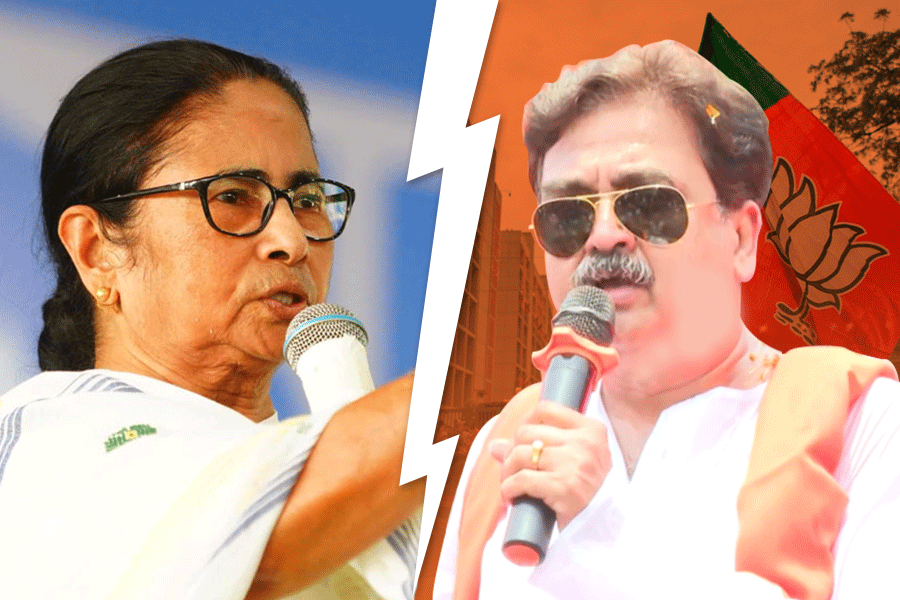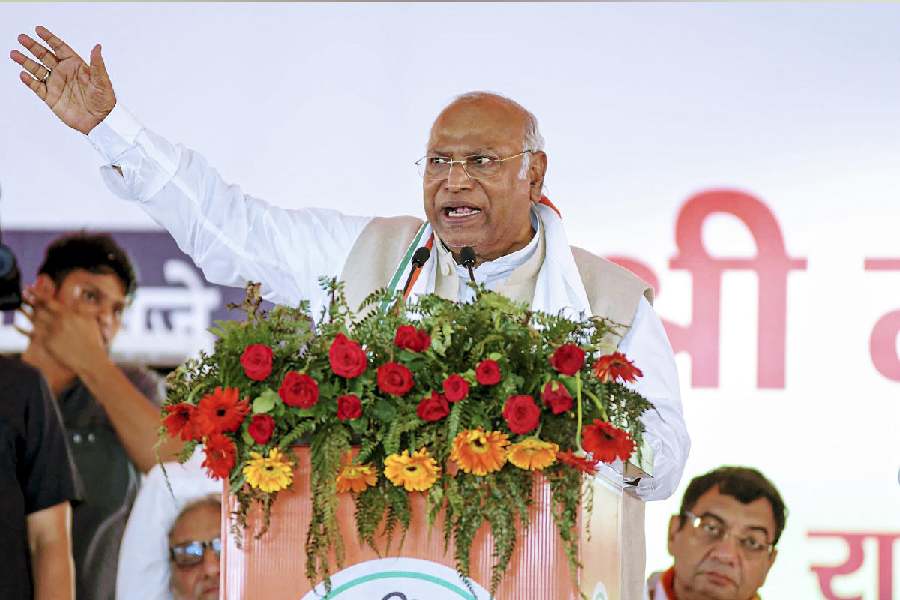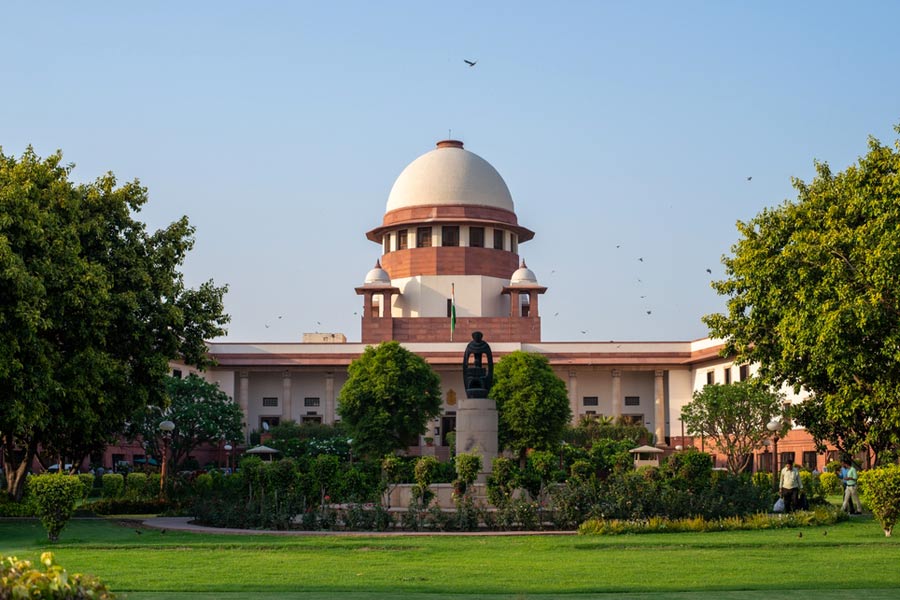The director-general of Assam Rifles, Lt Gen. P.C. Nair, has said the situation in Manipur is “unprecedented” with the society having become “weaponised”.
“The situation that we are facing in Manipur is unprecedented. We have never faced anything of this kind in our long years of history. It’s new to us, it’s new to Manipur also,” Lt Gen. Nair told the news agency ANI.
“In a way, something similar happened in the early 90s when the Nagas and Kukis fought, and then within the Kuki groups also there was a fight in the late 90s. But this kind of scale of violence is unprecedented,” he added.
Assam Rifles is the country’s oldest central paramilitary force. Under the Union home ministry for administrative purposes, Assam Rifles is operationally under the Indian Army and is commanded at all levels by army officers. It is seen as an extension of the army in the Northeast.
Flagging the challenges his troops were facing in enforcing peace in Manipur, Lt Gen. Nair said: “Today, the biggest challenge is the large number of weapons that are out within both the communities. The society has become weaponised. Unless these weapons come back in whatever way they can, this challenge will remain the biggest.”
Over 5,000 weapons had been looted in three waves from police stations, armouries and security personnel since violence erupted in Manipur on May 3 between the Meitei and Kuki communities.
Congress MP Gaurav Gogoi, who had toured Manipur, had said on August 16 that peace could elude the state as long as the looted arms and ammunition were not recovered.
At least 174 people have been killed and over 67,000 displaced in the violence since May 3.
The latest rounds of clashes claimed eight lives between August 29 and 31.
The Indigenous Tribal Leaders’ Forum (ITLF), a conglomerate of recognised tribes of Churachandpur district, had on Thursday alleged that Meitei militants were pounding tribal areas with mortar shells “stolen from police stations and armouries, leading to high tribal casualties”.
Lt Gen. Nair said: “Related to this (weapons) is the minds of both the communities. Today, they are so much against each other, so corrupted. This needs to be stalled. There is a need for realisation to come for the people that the only way forward is peace.... They have to talk, they have to get back to negotiations.”
The observation comes in the wake of a renewed demand by the Meira Paibis (Meitei women torch-bearers) for the removal of Assam Rifles from Manipur, accusing the force of being biased towards the Kuki community, a charge Lt Gen. Nair firmly dismissed.
The Assam Rifles chief spoke of other challenges, too. “Road blockades being done, logistics at times for our forces we are not being able to send, movement of troops hampered at times. These are things which have not happened on such a scale. Let’s hope we are able to get over this,” he said.
Asked how long it would be before normality is restored, Lt Gen. Nair said: “That is a question no one will be able to answer. It all depends on the locals. If I have to put it very frankly, it is not the security forces who can sort the problem out.... We are here only to curtail the level of violence.”
Nair said the violence had become cyclic, with maximum damage done in the initial three days, then a lull from May 6, followed by a spike on May 25-26, then again subsiding before worsening in mid-June.
“It is by and large cyclic but if you see holistically the level of violence has gone down. Let’s hope that things return to normal at the earliest,” Lt Gen. Nair said.

